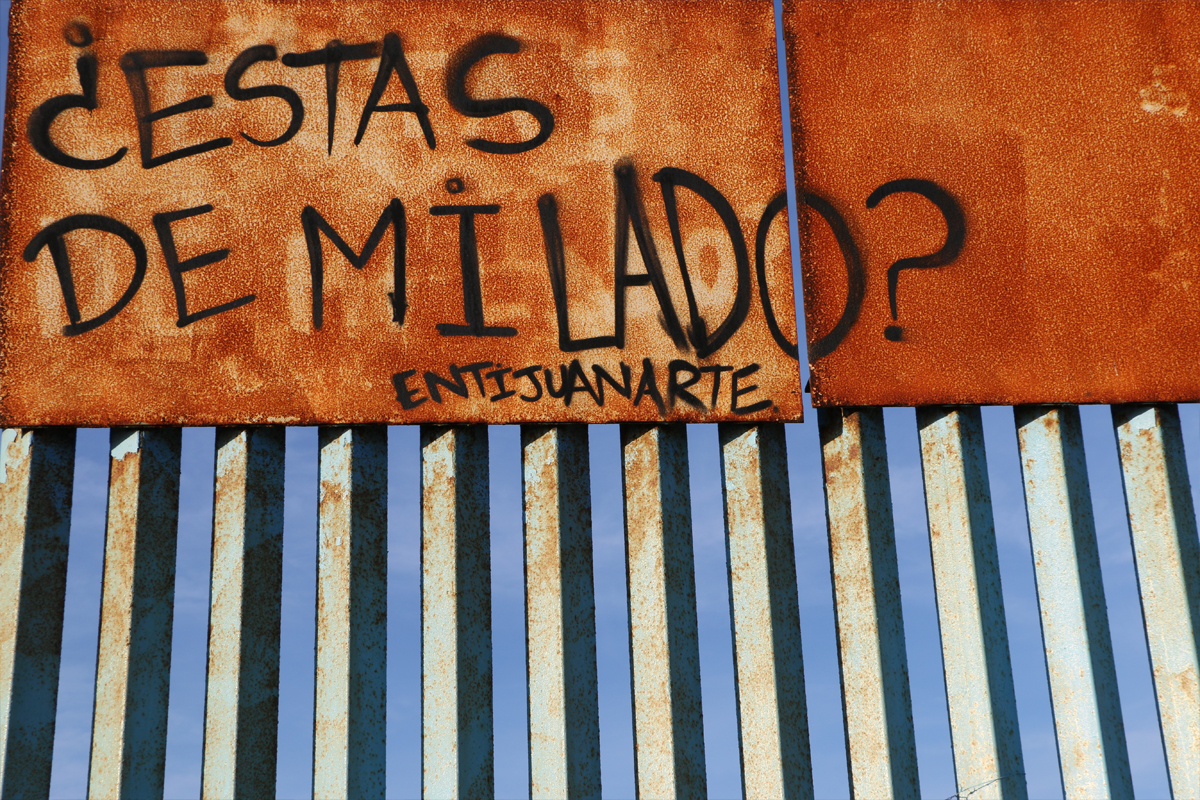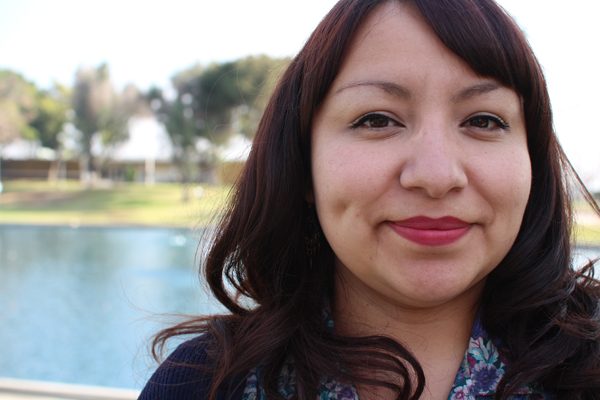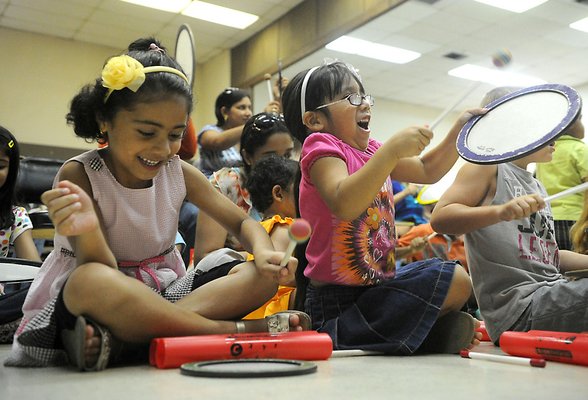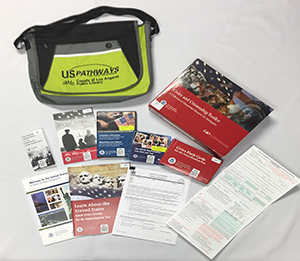Savannah St.

When I walked into the funeral that day, I wasn’t going to go say goodbye to a loved one. I didn’t even shed a tear.
My mom and I attended. I wasn’t too thrilled about it. I felt out of place. I only knew of this young man and what he represented to our community. But here I was. Walking up to Our Lady of Talpa church that night, I imagined bullets coming out of nowhere while mourners fell to the floor. The parking lot was full of low riders, of men and women dressed in perfectly creased Ben Davis pants, sunglasses and Nike Cortez shoes. The church was standing room only. Like so many in our neighborhood, this young man went too soon. But you show up for someone’s funeral regardless of whether you knew him personally. Out of respect. I guess that’s a good enough reason.
Savannah was a small street nestled between an elementary school and a park in Boyle Heights. The homes sat on large lots with multiple families sharing a duplex or triplex. There was one small apartment building next door to ours. Behind the building was a parking lot of old, broken down, rusting cars that were hotels for stray cats. Ricky was my sister’s best friend and lived in the apartments next door. His dad was the manager and I’m guessing the used car lot in the back belonged to him. I lived in the back house of our family’s property, a run down three-bedroom one-bath shack that was built by a grand uncle, defiantly not up to code. My family had owned the property since the 1940s.
Next door to the apartments lived the only African American couple on Savannah Street. Mr. Cecil and Mrs. Fanny were probably the oldest residents on the block. Mr. Cecil had a reputation of being the meanest man on this street. You didn’t even try to step on his lawn to retrieve a ball. He would come outside, grab the ball and pop it right in front of you. He might bring his shotgun, too. One day as I was playing outside with a few friends, a ball bounced on his property; we saw him grab the ball and take it inside. I imagined him sitting in his house surrounded by a thousand balls, and waiting for us kids to send another one onto his lawn. I still wonder what he did with them.
Mrs. Fanny was his opposite. She was rarely outdoors. When we did see her, she was coming from church, always in her Sunday best: a beautiful matching skirt, with a button-up jacket and hat, like those at the Kentucky derby. She would say hi as she passed, if she were alone. If you happened to see her with her husband or if you were on a particular side of the street it was a different story. Houses closer to the park were seen as “unsafe” and Mrs. Fanny never went near there.
It seemed every night on Savannah Street there was a shooting or a helicopter hovering over our backyards. Shell casings at times littered the streets and I grew more afraid every day of just going outside.
One night when I was six, I decided to be brave and went with my sister and Ricky to the park to play tennis. The usual gang guys were hanging outside the gym. My sister and Ricky started to play. I was at the end of the net gripping onto the pole, frozen in fear and didn’t want to move. Ricky and my sister encouraged me to play. I gave in. I started to feel normal, as if people like me could actually come play at this park. Then I saw it. A car driving slowly on Evergreen Street. Then bullets flew. Ricky pushed both my sister and me to the ground. He hovered over me, shielding my body. I never went to play tennis there again.
I was Mexican-American, a non Spanish-speaking girl living on a street of people who had grown up together since they were kids. One time I attended a birthday party for one of my friends. I was in one room and the partygoers were all in her room watching a movie. I overheard the birthday girl saying to her mom,
“No one even likes her.”
“I don’t care,” her mother said. “I grew up with her mom, and you’ve known her since you were in first grade!”
“But Mom … .”
“Invite her to watch the movie.”
“Fine!”
I was invited in, but I left the party soon after.
In the 5th grade I was bullied. I didn’t realize that’s what it was at the time. I got a few calls from some of the girls telling me to “watch my back.” Watch my back? I didn’t understand why I had to watch my back. I was shy, nice to everyone, even if the feeling wasn’t returned; I hated confrontation. After I fessed up to my mom about the phone calls I was receiving, my mom called a mother of some boys in my class. They walked me home every day until the end of the school year.
Being fourth generation came with some prejudices living in Boyle Heights. One day I went to the market and the cashier starting speaking to me in Spanish. When the lady saw the puzzled look on my face she said, “You don’t speak Spanish?”
“No.”
“You should be ashamed of yourself.”
I smiled, grabbed my receipt and walked away.
When elementary school was over, my mom decided to send me to school in Alhambra, 20 minutes away, instead of Hollenbeck Middle School nearby. It was, in her words, “to give me better opportunities.” But to me, it was scary and I felt out of place. I continued to live on Savannah Street but used different addresses to enroll in schools in Alhambra.
The summer before we started junior high my childhood friends and I continued to hang out. But as the first day of school approached, we spent less time together and eventually our friendship wasn’t the same. They accused me of thinking I was better than them. I lost touch with most of my friends I grew up with on the block, even though we lived close to each other.
On Savannah Street, I was a young Latina from the barrio living in fear of the gang violence outside my door. In Alhambra, I was a girl trying to fit in, lying about where I lived so the kids in this middle-class neighborhood would accept me. I couldn’t share the stories of helicopters and bullet flying with my Alhambra friends. I was ashamed of where I came from.
One day I was walking with some friends after school on the streets of Alhambra. I noticed a group of classmates standing around. Then one of the girls in my group stopped to tie her shoe. As I was standing there, oblivious, the girl who was tying her shoe got up and punched me in the face. I was in this fight but had no idea I was in it, until that moment. My first year at a new school with new friends and once again I was being bullied. It turns out everyone knew about the fight going down after school. I guess you could say I was naïve.
The kid who died, whose funeral I was now attending, was Steve. To the neighborhood, though, he was Scooby, the leader of the Evergreen gang. He was a half black and half Mexican, in his early twenties and shot down at a party. He and his family lived on the other side of the park. My mom had gone to school with his mother; my sister went to school with him, and I went to elementary school with his sister Annie.
Annie was mean. No one dared to look at her sideways in fear of what she might do. Plus everyone knew who her brother was. I stayed as far away from her as possible.
I don’t remember what the priest said as I sat there in the funeral that day. I just remember the familiar faces, wondering if they noticed me and if they questioned why I was there. Our lives had been intertwined but with no real connection to one another. Annie was one of the girls on the other end of the threatening phone calls I received in the 5th grade. Now I was sitting nearby as she mourned her brother.
This neighborhood had only drugs, graffiti, the gangs, and its nightly shootouts. I wanted to escape, flee this church. I felt like a hypocrite, attending a funeral of a man I never knew but to whom I showed this respect out of loyalty to his family and to this community that I wanted to leave.
I hoped that the rival gang would not be waiting outside.
Luckily, out of respect, I heard, there was a truce – for the moment.

March 4, 2016










